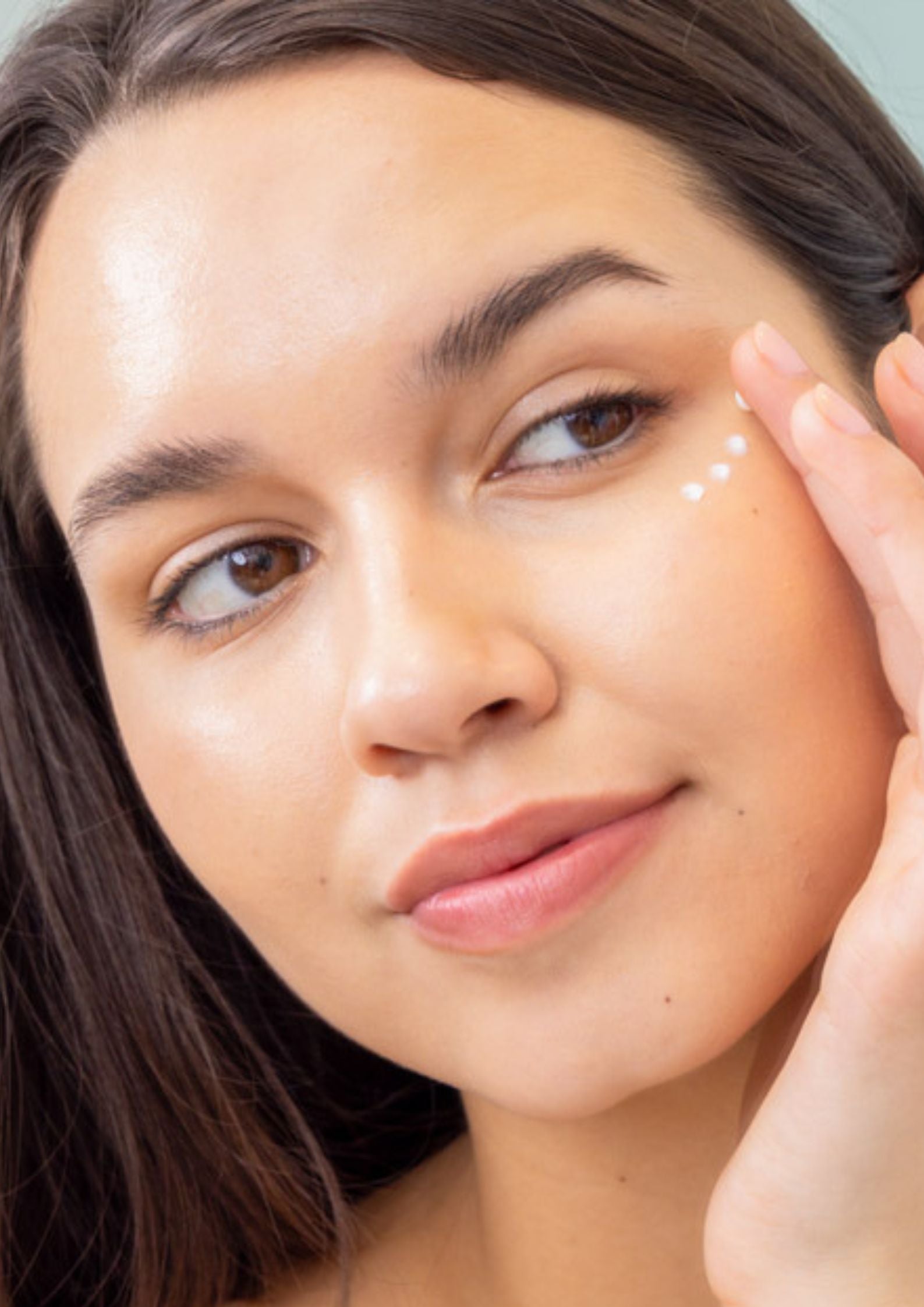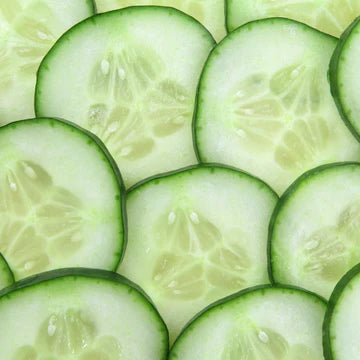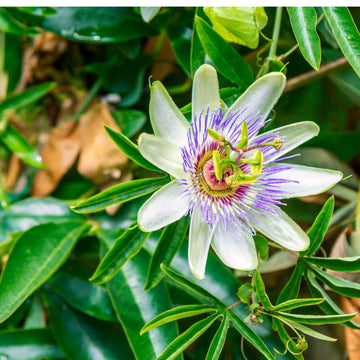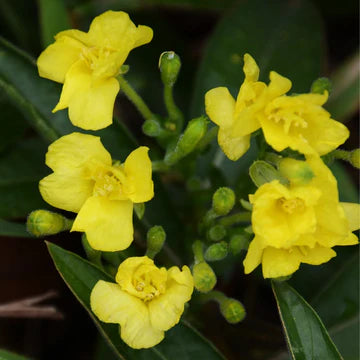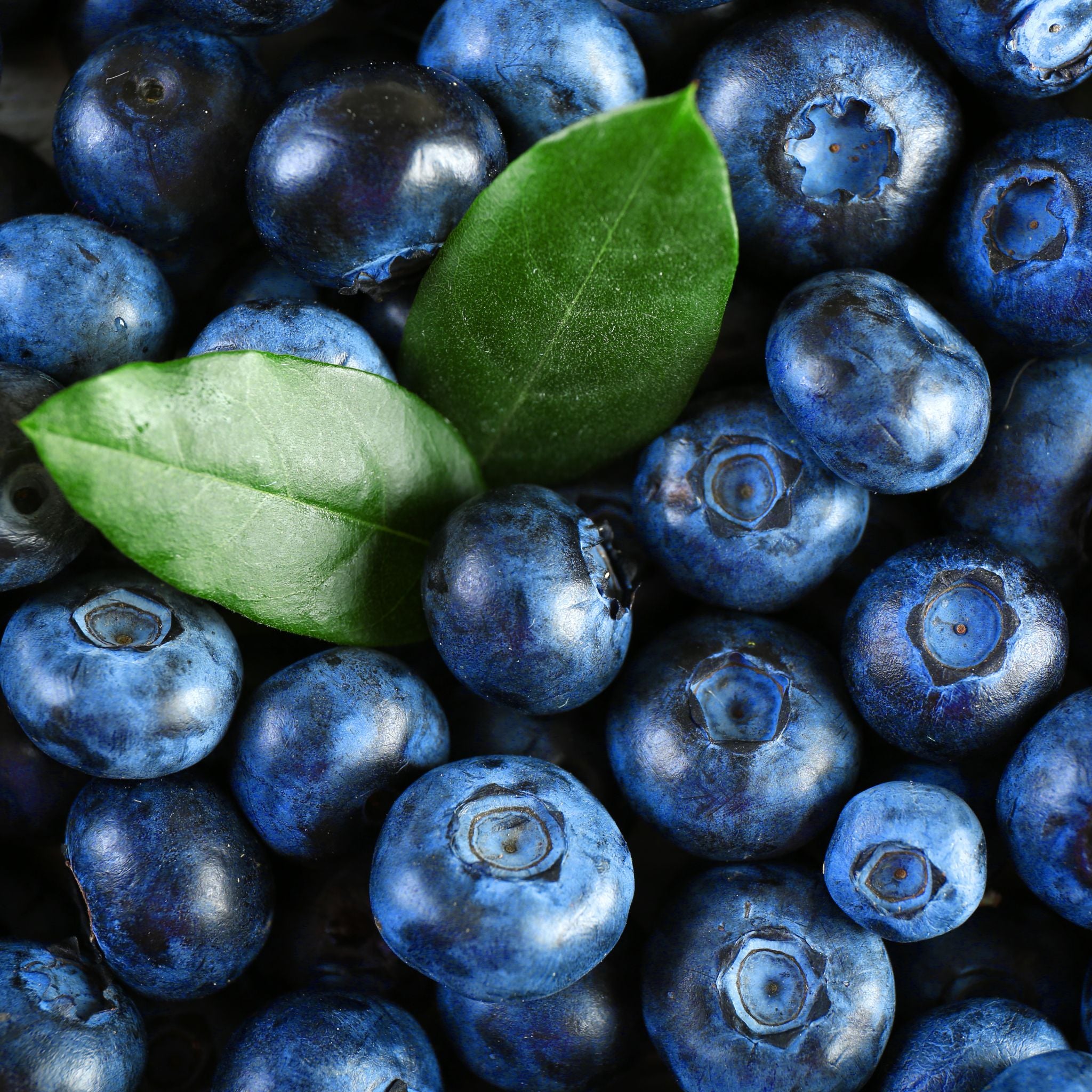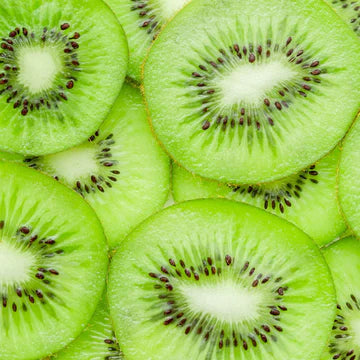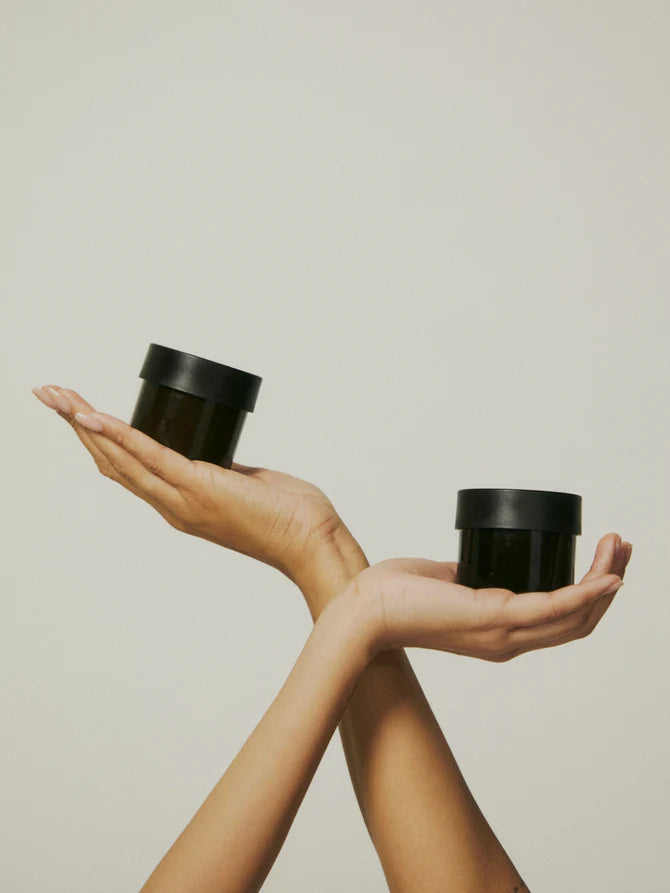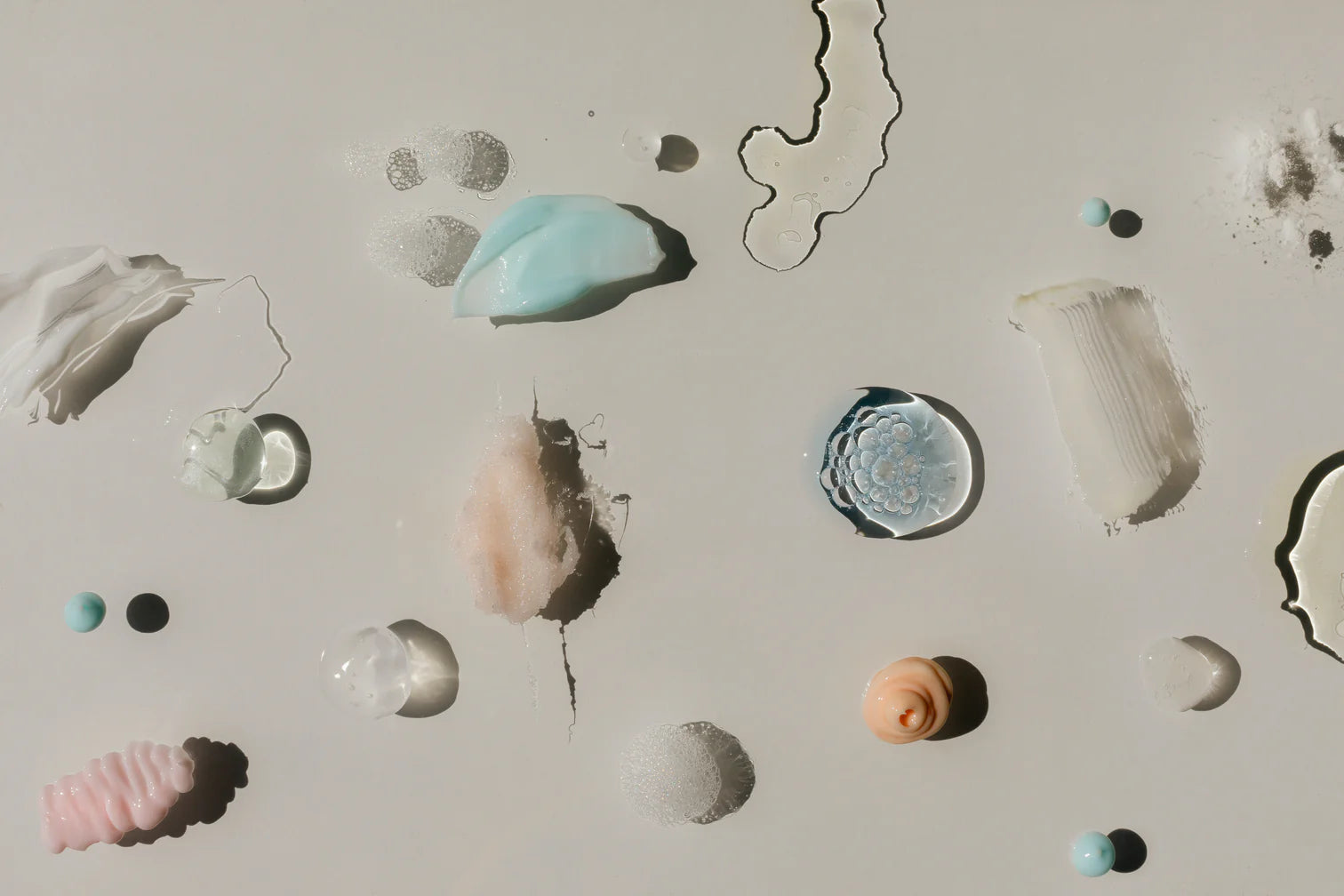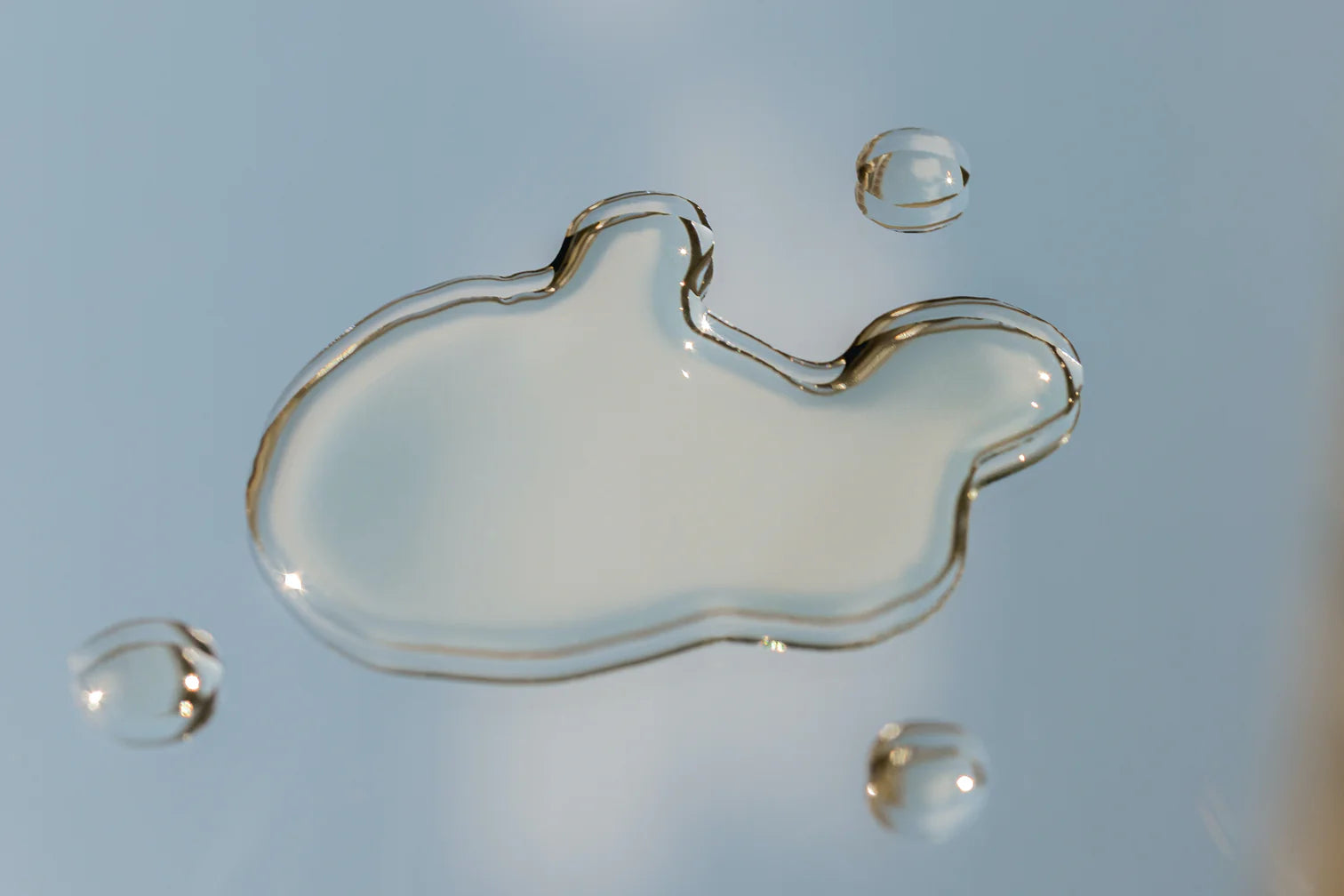A NOTE FROM OUR FOUNDER
From the very inception of our journey, our vision has been to empower individuals with the confidence to embrace their unique beauty. Today, I am humbled to witness how our carefully crafted products have transformed numerous lives, enhancing natural radiance and nurturing self-expression. Our commitment to using the finest, ethically-sourced ingredients ensures that you receive only the best for your skin. Together, we will continue to redefine beauty and empower each other to shine, both inside and out.





